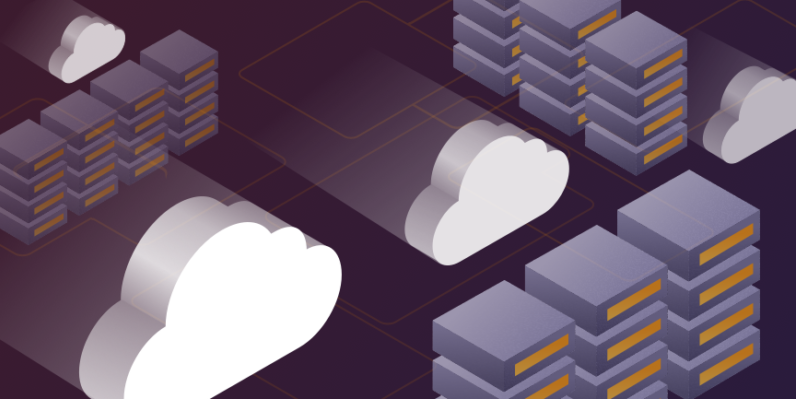
If you haven’t yet developed a disaster recovery plan for your business, you likely haven’t suffered a major outage yet. The cost of downtime is in the thousands per minute for large companies and thousands per day for small companies (The Ponemon Institute, 2016). For companies whose customers depend on your services being available 24×7, outages result in a loss of customer confidence and can even damage your reputation in the marketplace. A helpful starting point in determining whether cloud or traditional disaster recovery services are best for your business is to determine your budget by finding your cost of downtime and your recovery point and recovery time objectives (RTO and RPO).
First of all, what do we mean by traditional disaster recovery? Traditional disaster recovery is also known as conventional or on-premise disaster recovery. Basically, it involves a secondary data center deployment that can either be a company-owned facility or a shared space in a colocation facility. There are several ways these sites can be set up, but a common configuration for DR is active-passive. One site serves as the primary site, and files are backed up incrementally to the secondary site, which is only activated when the primary site goes down. If data centers are set up in an active-active configuration, this means applications are continuously available at both sites. This is more of a business continuity arrangement rather than a DR arrangement.
Disaster Recovery in the Cloud
Cloud disaster recovery involves a backup and restore strategy in your cloud environment of choice. There are providers that specifically offer disaster recovery cloud services, such as Commvault, and common providers, such as AWS and Azure that can be utilized for backup and recovery. The main advantage to cloud DR is that the up-font cost is low, and it requires no capital investment. However, cloud costs are ongoing and can unexpectedly rise as data volume increases.
Another advantage to cloud backup and recovery is that some service providers will automate the management of your backups so your in-house IT staff doesn’t have to. Likewise, restore processes can be automated, requiring less expertise in-house to get your data back online.
Traditional Disaster Recovery
Some companies may be forced to go with traditional disaster recovery because their applications require it. Many larger organizations have customized ERP systems that cannot be moved to the cloud. Also, some organizations may have to have a conventional DR strategy in order to meet certain compliance and security requirements. These are often healthcare and finance companies.
Lastly, a traditional DR location can be more reliable when it comes to business continuity. For example, what do you do if there is a power and network outage in the city of your only office and data center location, and all your backed up data is in the cloud? How will you access your data when disaster strikes? Some data centers are built to withstand category 5 storms and have redundant power, cooling and network, and they provide office space specifically for disaster recovery, so your team can still work at a network-connected site if your primary data center is offline. This is even more reliable if your DR site is 100 or more miles from your primary site. It’s a good idea to ensure your DR site is easily accessible via airports and highways so your team can get there as quickly as possible.
Learn more about choosing a disaster recovery site.
